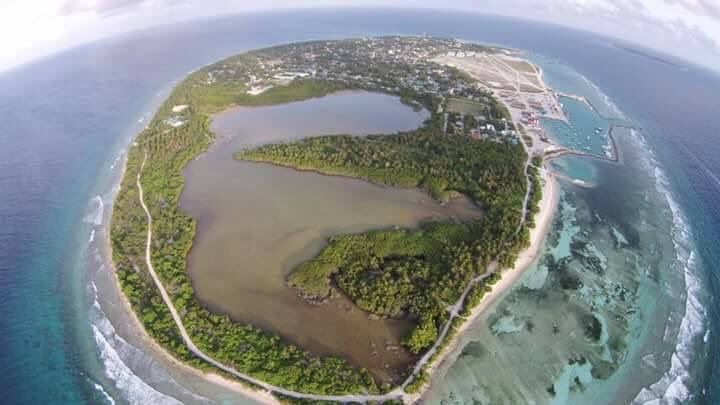EIA warns of lasting damage from reclaiming Kulhudhufushi mangrove
The “considerable negative impacts on the environment” include the permanent loss of habitat for the flora and fauna, loss of terrestrial vegetation and deforestation, and the effect on marine life due to sedimentation.

24 Oct 2017, 9:00 AM
Reclaiming the Kulhudhufushi mangrove to develop an airport on the northern island will cause lasting damage, an Environmental Impact Assessment for the US$11.4 million project has warned.
According to the EIA report by private consultant Dr Zahid Hameed, the “considerable negative impacts on the environment” include the permanent loss of habitat for flora and fauna, loss of terrestrial vegetation, deforestation, and the effect on marine life due to sedimentation.
“The wetland area surrounding the Kulhi acts as a natural catchment for flood mitigation. If proper drainage is not established, the area will experience flood impacts,” warned the report, which was submitted Monday to the Environment Protection Agency.
The report advised that socio-economic benefits may not outweigh the negative impacts because an airport exists on the nearby island of Hanimadhoo.
Become a member
Get full access to our archive and personalise your experience.
Already a member?
Discussion
No comments yet. Be the first to share your thoughts!
No comments yet. Be the first to join the conversation!
Join the Conversation
Sign in to share your thoughts under an alias and take part in the discussion. Independent journalism thrives on open, respectful debate — your voice matters.




